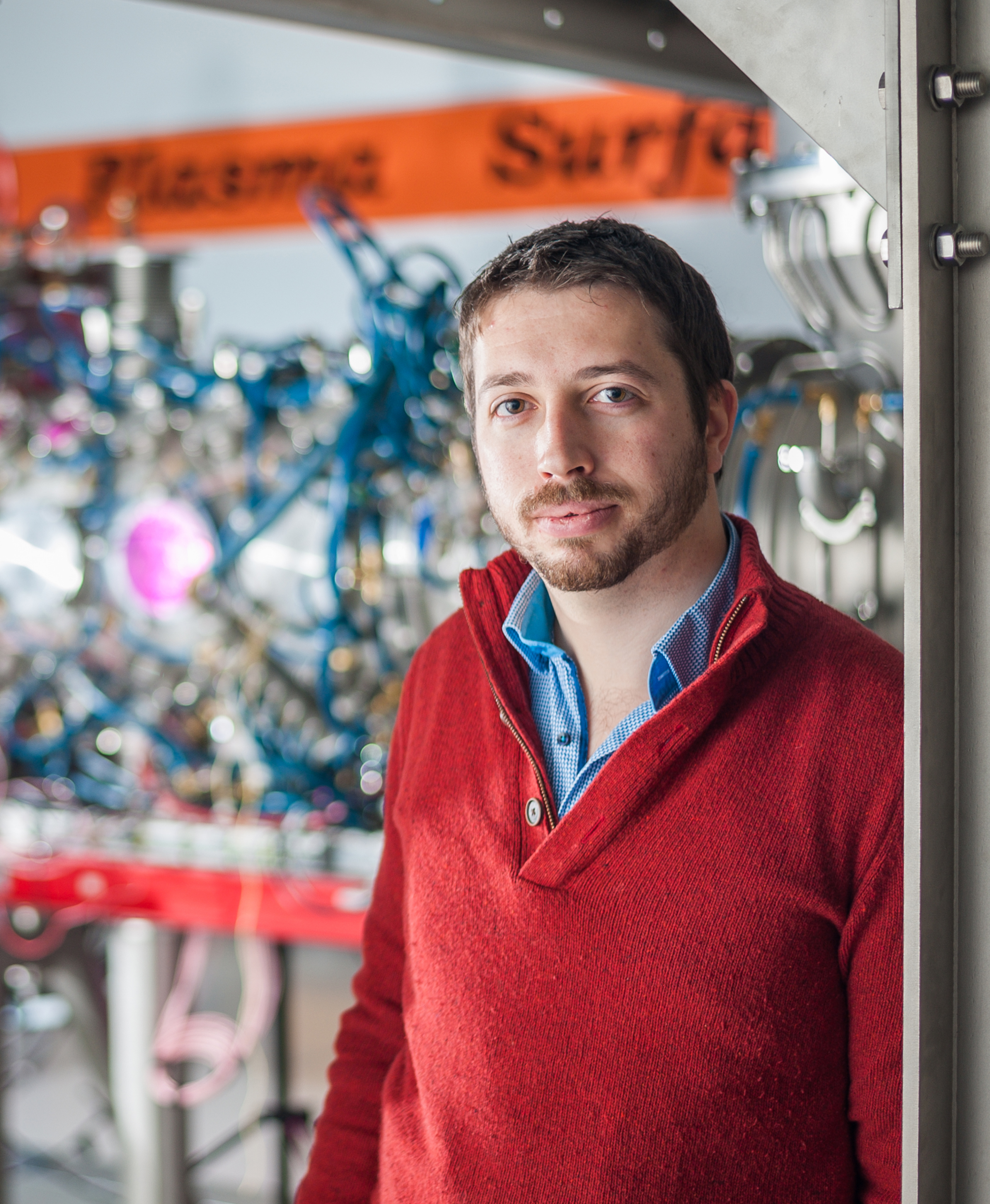The EUROfusion research consortium has appointed DIFFER group leader Dr. Thomas Morgan as the leader of its new work package on self-repairing liquid metal walls for the exhaust of future fusion reactors. In the first two years of this European research package, Morgan wants to build on the field's current foundation in physics with a more engineering-oriented approach.

Future fusion power plants will mimic the nuclear fusion process at the heart of the sun to generate clean energy from abundant resources. Protecting the exhaust (divertor) of the fusion reactor against the harsh fusion conditions is one of the main challenges to realizing fusion energy. "One exciting concept is that of a liquid metal divertor, for example because it could be self-repairing", said Morgan, who is head of the Plasma Materials Interactions group at DIFFER. "In this design, a layer of liquid metal protects the underlying reactor wall against the harsh fusion environment, and this can be replenished as it is eroded."
By setting up a new work package dedicated solely to liquid metal divertors, EUROfusion wants to unify the research in a coherent program and set the direction for future research in Europe. Morgan will help set the direction in this work package together with his deputy Bradut-Eugen Ghidersa (Karlsruhe Institute of Technology), and he intends to adopt an engineering-based approach building on the solid physics background developed by the fusion community over the last decades.
Morgan: "At the end of the current package in 2019, we want the community to have developed several pre-conceptual designs - a set of options with CAD drawings, and operational limits defined, which can then be developed further for demonstration power plants."
Developing fusion energy
Researchers and companies all over the world are collaborating on the development of fusion energy; producing clean, safe energy from abundant resources by mimicking the nuclear fusion process in the heart of the sun. The international ITER experiment under construction in southern France will be the first to produce more power from the fusion process than it consumes, with a demonstration power plant DEMO planned to operate by 2050.
In a fusion reactor, magnetic fields confine the 150 million degree fusion fuel and guide the reaction product helium to the exhaust or divertor region. The divertor of future fusion power plants has to handle harsh conditions such as an intense plasma bombardment and heat load. Designing a divertor that can stand up to these conditions 24/7 is one of the main research lines of the European research consortium EUROfusion.
EUROfusion
EUROfusion coordinates the European research for the development of fusion energy and is a consortium of 30 research organisations and universities from 26 European Union member states plus Switzerland and Ukraine.
Go to the News page.